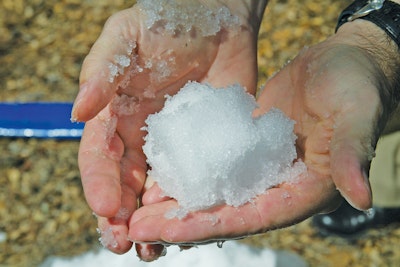Since it was first deployed in the U.S. seven years ago, ice pigging has proven to be a powerful, sustainable and increasingly popular cleaning method for wastewater force mains and siphons, as well as potable water distribution mains.
The accumulation of sediment fats, oils,...








